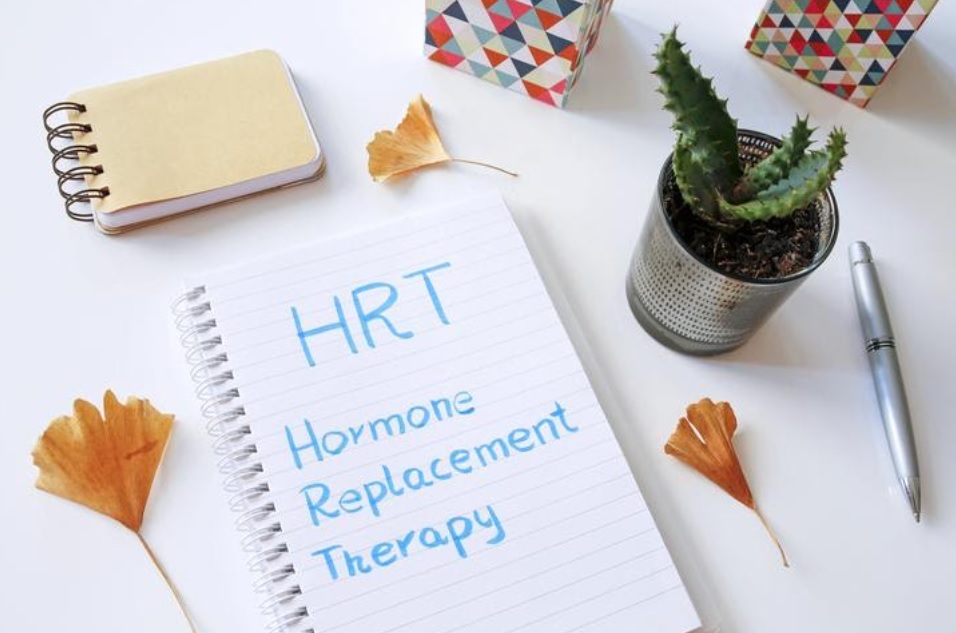Hormone therapy is a medical treatment that involves the use of hormones to alleviate symptoms associated with hormonal imbalances or deficiencies. It has been used for decades to treat a range of conditions, including menopause, hypogonadism, and transgender hormone therapy. As hormone therapy continues to gain popularity, it’s important to examine its global expansion and its impact on different populations worldwide. In this blog post, we will explore the history of hormone therapy in the United States, its spread to other countries, and its current use in India, as well as the challenges and benefits of implementing hormone therapy in different cultural and healthcare contexts. By examining the worldwide expansion of hormone therapy, we can gain insights into the evolving landscape of healthcare and the future of medical treatments.
The Rise of Hormone Therapy in the United States
Hormone therapy has a long history in the United States, with the first documented use of estrogen to treat menopausal symptoms dating back to the 1930s. Over the following decades, hormone therapy became increasingly popular as a treatment for menopause, with the use of estrogen and progesterone becoming the standard of care in the 1960s and 1970s.
In addition to menopause, hormone therapy has also been used to treat other conditions, such as hypogonadism (low testosterone levels) and growth hormone deficiency. Testosterone therapy, in particular, has gained popularity in recent years, with millions of men in the US seeking treatment for low testosterone levels, commonly known as “Low T.” Human growth hormone (HGH) therapy has also become popular among older adults seeking to combat the effects of aging.
However, the use of hormone therapy has been controversial due to potential risks and side effects. In 2002, the Women’s Health Initiative (WHI) study found that the long-term use of estrogen and progesterone for menopausal symptoms increased the risk of heart disease, stroke, breast cancer, and blood clots. As a result, many women stopped using hormone therapy, and the use of hormone therapy declined significantly in the US. The safety and effectiveness of testosterone therapy have also been the subject of debate, with some studies suggesting an increased risk of heart disease and prostate cancer.
Despite the controversies surrounding hormone therapy, it remains a widely used treatment option in the US, with clinics and services that cater to the demand of testosterone and HGH therapy, with many patients experiencing significant benefits in terms of symptom relief and quality of life.
Hormone Therapy’s Spread Worldwide

Hormone therapy has spread to other countries beyond the United States, including Canada, Australia, and Europe. The adoption of hormone therapy in these countries has been driven by several factors, such as the growing aging population, increased awareness and availability of hormone therapy options, and advancements in medical research.
Canada has a high prevalence of hormone-related conditions, such as osteoporosis and menopause, which has led to a significant increase in the use of hormone therapy. In Australia, hormone therapy is widely available, and many women choose it as a treatment option for menopausal symptoms. In Europe, hormone therapy is used for a variety of conditions, including menopause and hypogonadism, but there is significant variation in its use across different countries.
However, the reception of hormone therapy in different populations has been mixed. While some patients report significant benefits from hormone therapy, others have experienced adverse side effects, such as an increased risk of breast cancer, heart disease, and stroke. Additionally, cultural attitudes and beliefs about hormone therapy can influence its acceptance and use. For example, in some countries, there may be a stigma surrounding hormone therapy, particularly for transgender hormone therapy, which can make it challenging for patients to access and receive appropriate care.
Overall, the adoption and reception of hormone therapy vary across different countries and populations. While it remains a widely used treatment option, the controversies surrounding its safety and efficacy continue to generate debate and discussion in the medical community.
Hormone therapy has become a widely used treatment option for a range of conditions, including menopause, hypogonadism, and transgender hormone therapy. Its global expansion has been driven by factors such as the aging population and advancements in medical research. However, the reception of hormone therapy varies across different countries and populations, with controversies surrounding its safety and efficacy.
Despite these challenges, hormone therapy presents significant benefits for many patients, including symptom relief and improved quality of life. As healthcare systems continue to evolve and adapt, it is likely that hormone therapy will continue to spread to other countries and populations. However, it is important to approach the use of hormone therapy with caution and to carefully consider the potential risks and benefits for each patient.
In the future, we may see further advancements in hormone therapy, including new treatment options and improved safety profiles. As the medical community continues to study the effects of hormone therapy, we may gain further insights into how to optimize its use and improve patient outcomes. Ultimately, the worldwide expansion of hormone therapy represents an important development in the field of healthcare, with the potential to benefit millions of patients worldwide.
